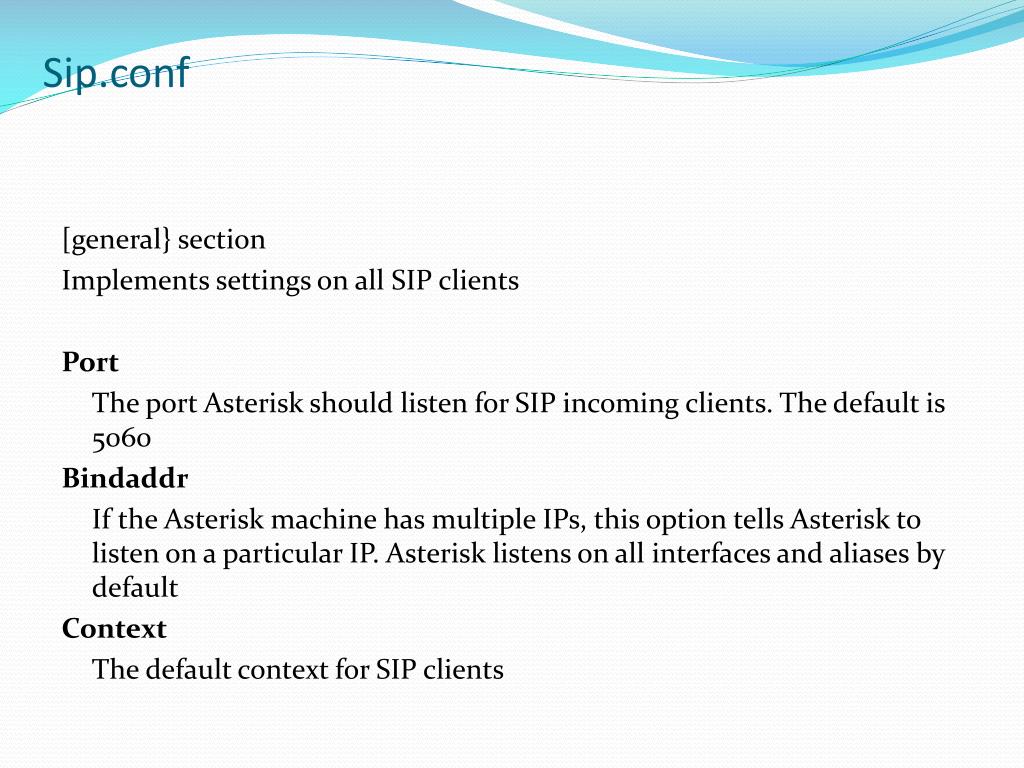
This makes your custom prompts “future proof” as well, because higher-quality versions of the prompts can be substituted when more capable phones are used. Recording at such a high sampling rate (48kHz) and bit depth (16 bit), exceeding even CD quality audio, provides the freedom to convert to other formats while retaining as much of the original quality as possible in the target format. The shaded area shows the portion of the audio that can be reproduced by a typical telephone. The chart “demo-instruct”: …shows a frequency spectrum plot of the first Allison audio prompt that many Asterisk administrators hear from their own Asterisk system: instructions for the Asterisk demonstration. RM: As with digital images, down-converting a high quality file can be useful, but up-converting a low quality file yields poor results. This format was popular with some Dialogic products and some PC audio cards and voice modems, and Asterisk can read/write it, but it’s rarely seen anymore.Ī: We talked about down sampling last time – does it make sense to provide a high-resolution set of prompts as well as a down sampled version – much like a photographer providing clean, unaltered originals? VOX files are somewhat lower quality, being a 4-bit ADPCM format sampled at 6053 Hz. If you first convert to 8-bit source, then you don’t take full advantage of µ-law/A-law’s ability. Therefore it’s best to convert to µ-law/A-law directly from higher-quality files, often 16-bit.

It’s important to note that µ-law/A-law can quantize and compress 14 bits in 8 compressed bits. Have you ever noticed when you’re listening to someone on the phone, that you can understand what they’re saying whether whispering or shouting? There are a number of reasons for this, but µ-law/A-law contribute to this.

This range is much wider than a telephone can reproduce, so these “companding” methods boost the quieter voices into the upper range of volume. Just as our voices provide a wide frequency range (as shown in the chart above), they also provide a wide dynamic range: they can be very soft or very loud.

Rod Montgomery: The µ-law algorithm (also written u-law) and its cousin A-law are dynamic range compression/expansion methods that make the human voice more intelligible over limited-bandwidth telephone lines. Why do some systems require these telephony standards and others don’t? This article digs a little deeper into file aspects, characteristics, and offers some helpful conversion “tricks!”Īllison: Rod, lots of clients ask for A or U Law files.


 0 kommentar(er)
0 kommentar(er)
